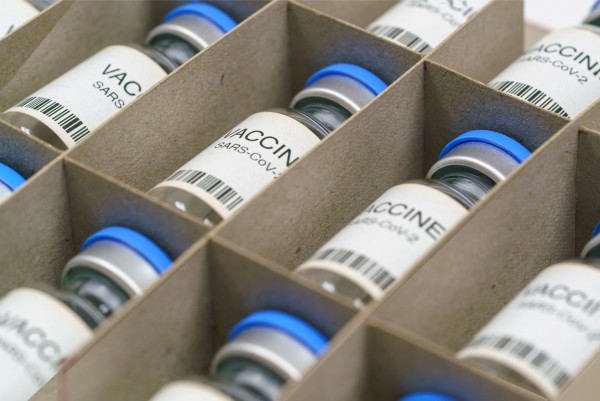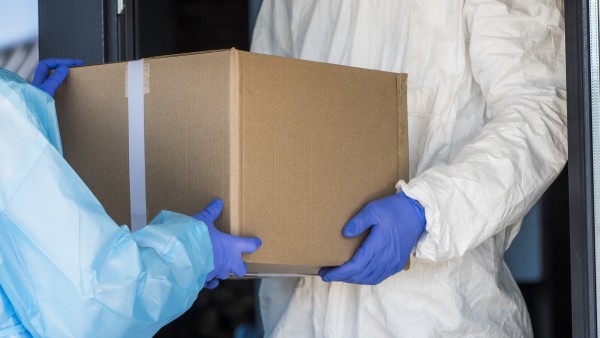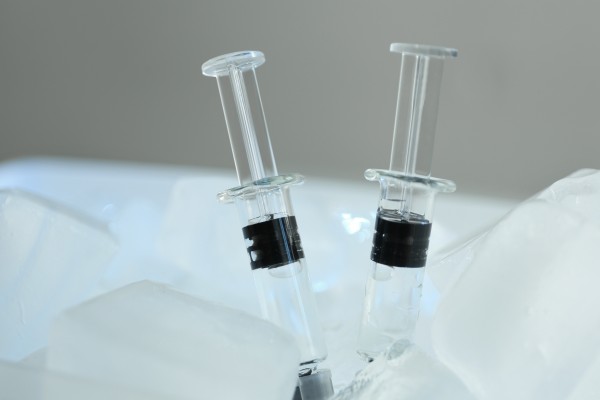The unique challenges of transporting COVID-19 vaccines
January 14, 2021
The recent announcements of government approval for a small number of COVID-19 vaccines has brought a glimmer of hope to what has been one of the most challenging periods of recent history. So far, the US government has approved two vaccines from Pfizer-BioNTech and Moderna, and others have been approved by foreign governments, such as the Oxford-AstraZeneca vaccine in the UK. While this is definitely cause for celebration, many experts are concerned that the logistics involved in transporting and administering the vaccines could be an even greater challenge than developing them in the first place.
The challenges involved in the distribution of the vaccine come on a number of levels. Logistically, the scale of the task is enormous. Sufficient quantities of vaccines need to be acquired and administered, in some cases twice, to the majority of the world’s population. Adding further complication to this is that the vaccines require very specific conditions to be transported throughout the whole supply chain. The Pfizer-BioNTech vaccine, which is the most extreme, must be transported under –94°F (–70°C).

Let us take a deeper look at the complexities involved in getting these vaccines delivered across the planet as safe and fast as possible.
Pfizer-BioNTech Vaccine
The first vaccine to be approved, is also the most complex when it comes to distribution. At the date of writing, about 25 million doses have been administered, testing supply chains with their strict temperature requirements. The vaccine must be transported and stored throughout the whole supply chain at a very cold –94°F (–70°C), approximately three to four times colder than a household freezer.
To manage this, the vaccine is being distributed to destination countries from centers in the US and Belgium using a specifically designed insulated transport boxpacked with dry ice to keep it at temperature and installed with GPS trackers to monitor its location. Each box holds 500 doses of the vaccine and can hold the right temperature for 10 days. Once the vaccines arrive at their destination, they are either stored in an ultra-low temperature freezer.
The extreme low temperature required to keep the Pfizer-BioNTech good presents not only technological obstacles, but also unprecedented logistical challenges right across the cold chain. Every time the vaccines are moved from one vehicle or venue to another, or the chiller boxes are opened to restock with dry ice, the chances of something going wrong leading to a temperature excursion and the vaccines being wasted are higher than ever before. Every step of the process needs to be tightly monitored and checked to make sure that this highly valuable product is delivered safely to the people who need it around the world.

Moderna and Oxford-AstraZeneca
The next two vaccines off the block have been making waves globally thanks to temperature requirements being a stable -20C for Moderna and standard refrigerated conditions for Oxford- Zeneca (2C-8C). Neither require specialty chiller boxes, and they can both be transported using existing cold chain logistics and infrastructure networks.
While carriers might have more experience transporting vaccines at this kind of temperature, due to the severity of the COVID-19 global pandemic, extra care and responsibility needs to be taken when transporting these doses to their destinations.
The speed of the rollout is testing even the most sophisticated operations as many departments come together across both public and private sectors to meet the challenges involved. Taking something from a distribution center and reaching every corner of the globe is no mean feat, especially given the difference in facilities and climates particularly in rural areas. The available transport options, including whether airports and ports can deal with the increased traffic, and what trucking options are available need to be assessed and planned for. As well as this the many routes required need to be mapped, and storage facilities need to be accounted for.
End-to-end visibility of the vaccines is essential, so that administers know when they are available for use, and to take stock of any spoiled product or even theft . Accurate tracking provides visibility of vaccines in transit as well as accountability for those that have been delivered but not yet used. While much of the focus is on mass distribution, the final and arguably most critical hurdle is with last mile delivery. Trucks and vans carrying the vaccines to final destinations such as pharmacies and hospitals need to be incorporated fully into the planning and tracing, especially in rural areas. Due to limited resources, most distribution centers will only be able to store and distribute so much vaccine at a time, so it is crucial that the correct amounts are delivered to avoid wastage.

The challenges of distributing the COVID-19 vaccines are unprecedented and numerous. Transporting vaccines is nothing new but the scale of the current global pandemic, and the temperatures required for transport provide unique challenges. Given the severity of the situation, the transport industry needs to work together to ensure that every step is taken to get the vaccines safely delivered right across the globe to the people that need it as fast as possible.